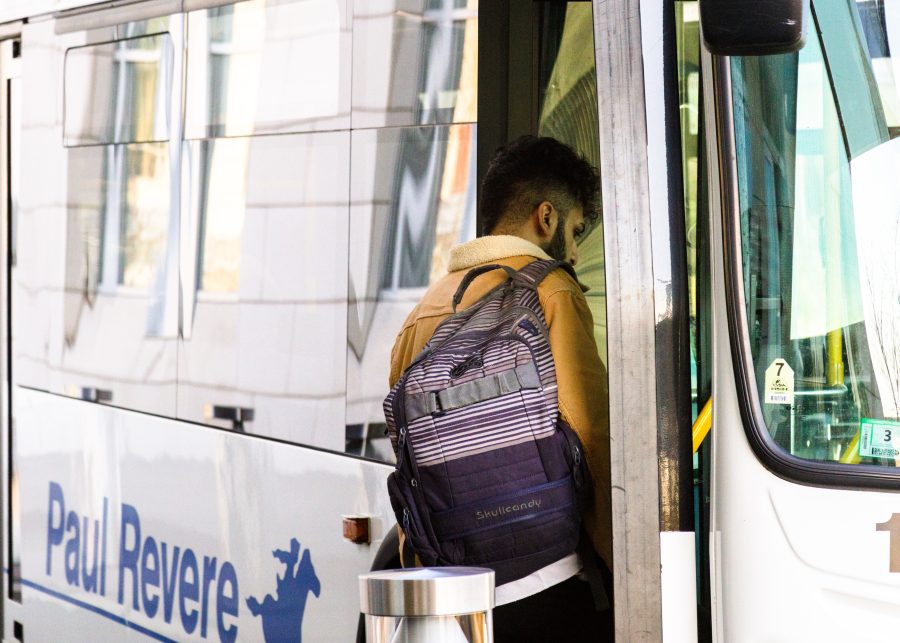In the days following this year’s midterm elections, anyone reading the news likely saw one of many similar headlines describing how “Young voters delivered for Democrats,” or how the “2022 election proves that the youth vote is here to stay.” Most of the experts and pundits out there agree that young voters—Gen Z voters in particular—played a pivotal role in deciding the 2022 election and staving off the ‘red wave’ that seemed almost inevitable in the run-up to this year’s midterms. Yet despite their very important role in this and other recent elections, young voters maintain the lowest voter turnout of any age group by far.
According to the Center for Information and Research on Civic Learning and Engagement at Tufts, an estimated 27 percent of Americans between the ages of 18 and 29 voted in the 2022 midterms. 27 percent is a considerable increase from past midterms, in which only about 20 percent of voters in the same age group voted; but whether it’s 20 percent or 27 percent, youth voter turnout still lags far behind overall voter turnout. According to an estimate from FiveThirtyEight, overall voter turnout in 2022 was roughly 47 percent, meaning that older voters still turned out in much higher numbers.
There’s a whole laundry list of reasons as to why youth voter turnout remains so low. I could go on all day about political apathy or distrust in the institutions of government, both of which absolutely contribute to the problem, but for a lot of young people—especially college students—it simply comes down to timing. There are far too many students at UMass Boston and at colleges and universities across the country who simply don’t have time to vote on election day. It’s hard enough for any full-time student to find time around classes to get to the polls, but for many who work part-time or full-time jobs as well, it can be almost impossible. There are many students who go to class and then straight to work, not getting out until well after polls close.
Even for those who do manage to find a few minutes of free time, it’s going to be a tough sell to get anyone to use what little free time they have to drive to their polling place and stand in line to vote. There are more voting options now than there have been in the past, and many people have taken advantage of early and mail-in voting. Having said that, in order to take advantage of these other options, you would have to think about the election weeks in advance to request a mail-ballot or to go to town hall during the limited early-voting period. Many of the folks who are thinking about the election that far in advance would already be likely to vote anyway. If we want to take meaningful action toward expanding youth voter turnout, then we can’t just focus on people who are already politically engaged; we need to bring new voters into the fold, focusing instead on those who haven’t voted in the past.
Now, we’re only three weeks past the 2022 midterms. The 2024 election is already shaping up to be another big one that will have lasting effects on a wide range of issues from voting rights and women’s rights to national security and the state of our economy. Speaking as a Gen Z voter, we understand what’s at stake in these elections, and in 2020—and now in 2022—we have voted accordingly. In 2020 and 2022, young voters have overwhelmingly rejected the voices of election denialism and alt-right extremism that have become all too common in our political system. Instead, they support the candidates that accept basic facts and embrace a positive vision for the future. Young voters played a vital role in keeping dangerous candidates like Kari Lake, Dr. Oz and Geoff Diehl out of office, but that doesn’t mean the danger posed by these candidates and their like won’t be back again in 2024 and beyond. The fact is, maintaining and increasing the youth voter turnout from 2022 will be imperative to ensuring that we elect sensible leaders and protect American democracy from those who seek to undermine it.
Starting with 2024, if UMass Boston wants to do its part to promote youth voter turnout, then they must consider canceling classes for state and national elections. This simple step alone would grant more than 50,000 students at the four main UMass campuses the much-needed time to do their civic duty. As one of the nation’s leading public university systems, taking this step would also allow UMass Boston to continue leading by example.
If schools in the UMass system cancel classes for elections, the other state universities in Massachusetts may follow suit, and so might public and private universities from across the country. If nothing else, taking this step and canceling classes for state and national elections would start a much-needed conversation about what universities can do to support young voters and promote voter turnout among students.
We know that 2024 is going to be another important election—the stakes will be high, and America’s university systems, starting with UMass Boston, must take whatever steps possible to encourage youth voter turnout. That starts with canceling classes for elections.

